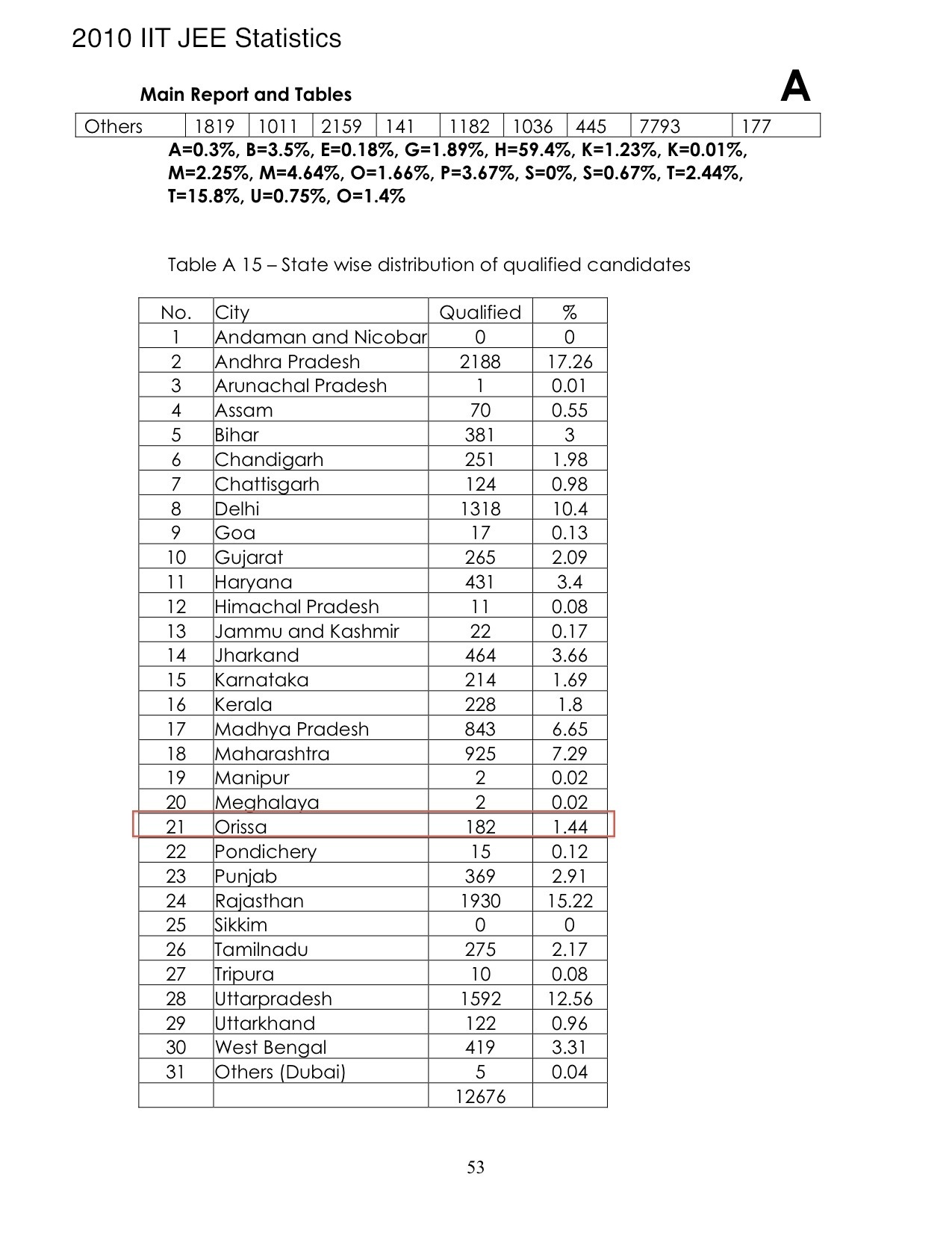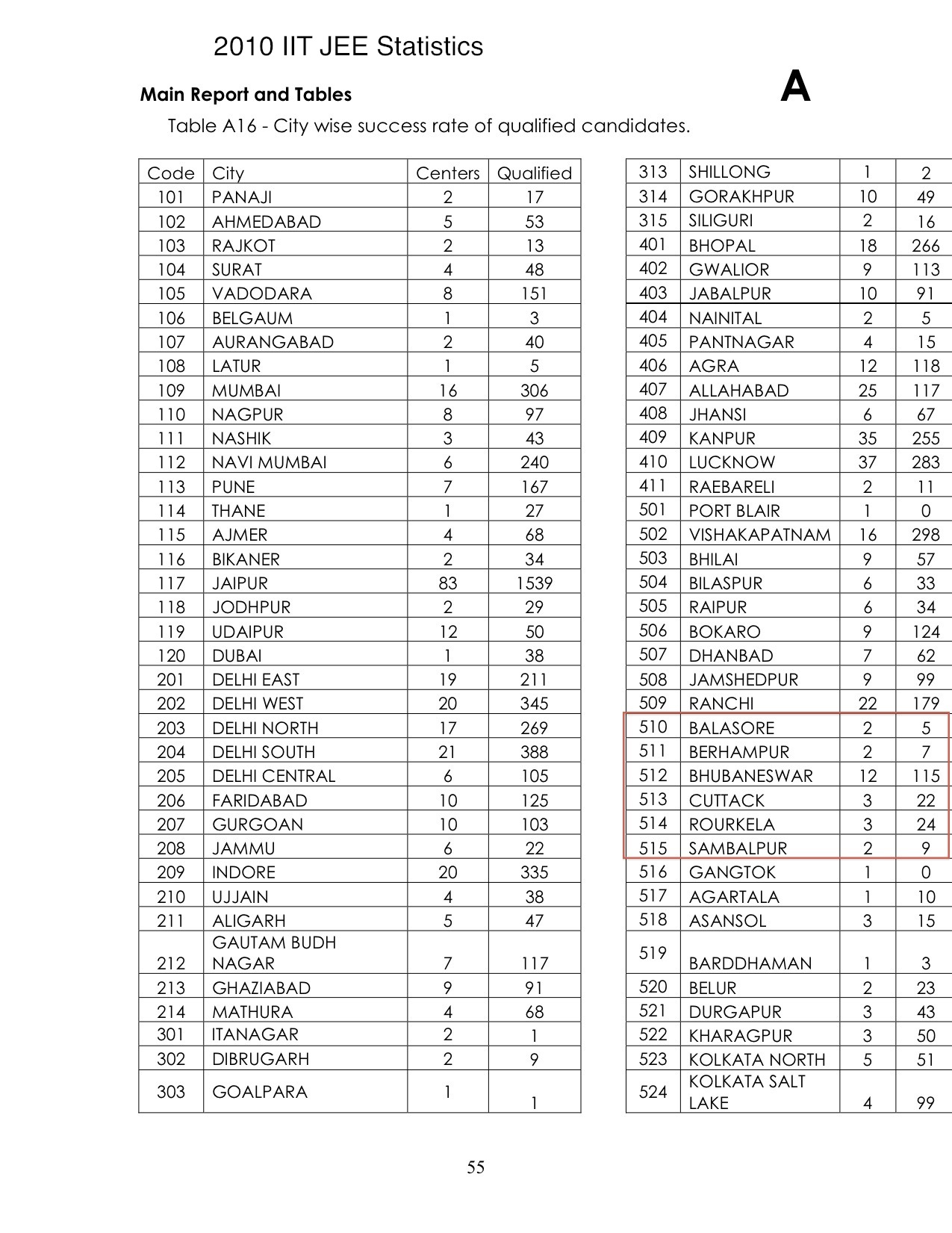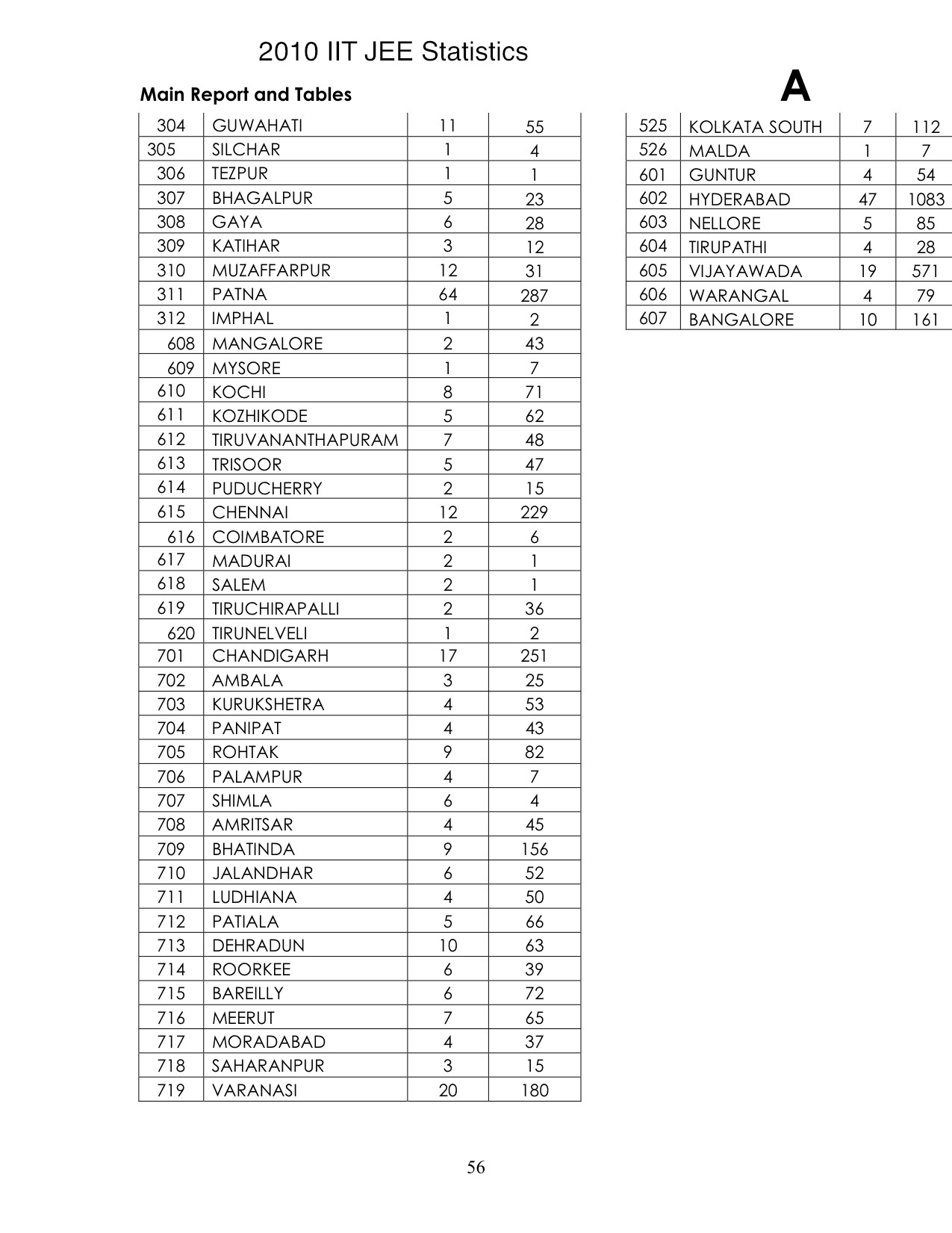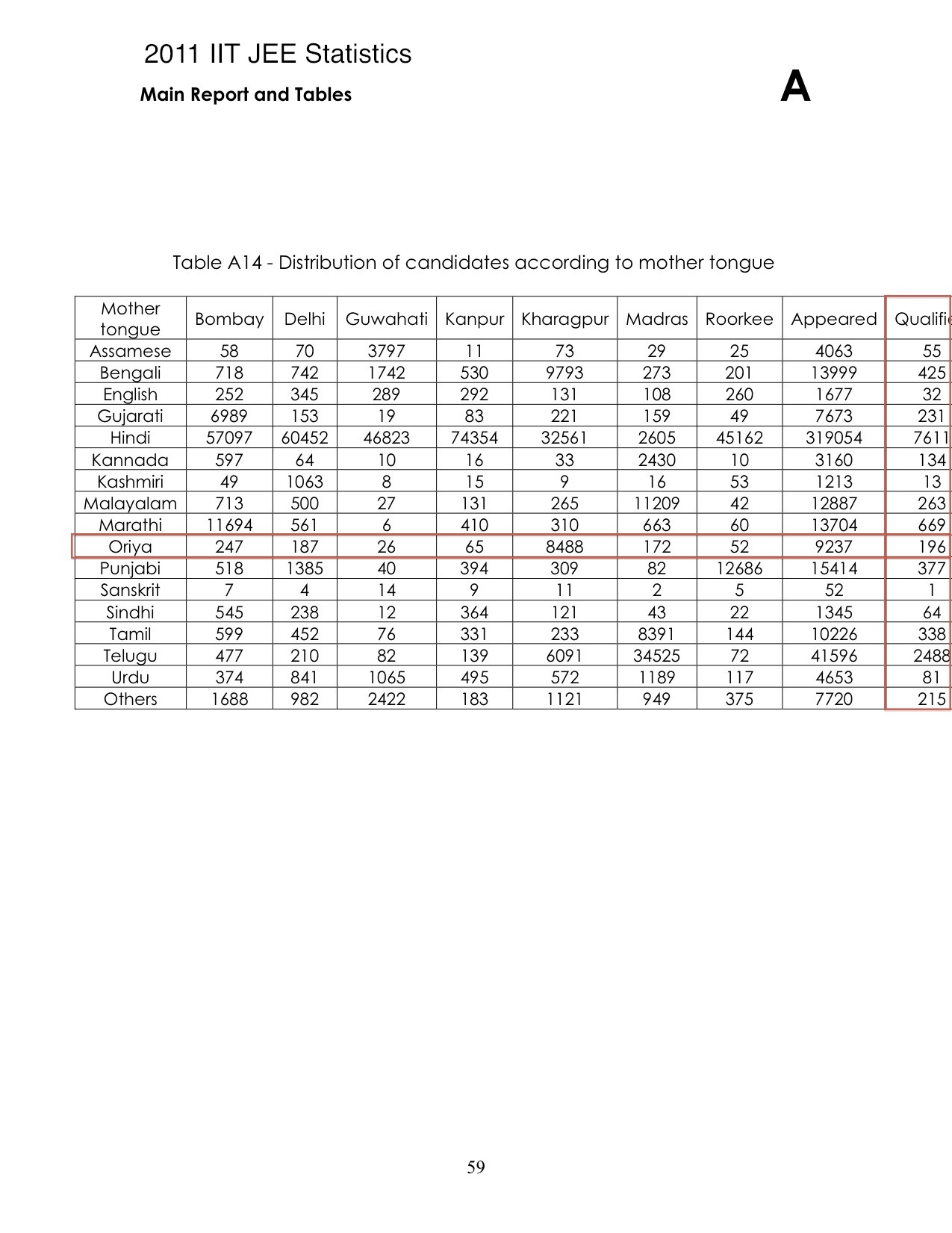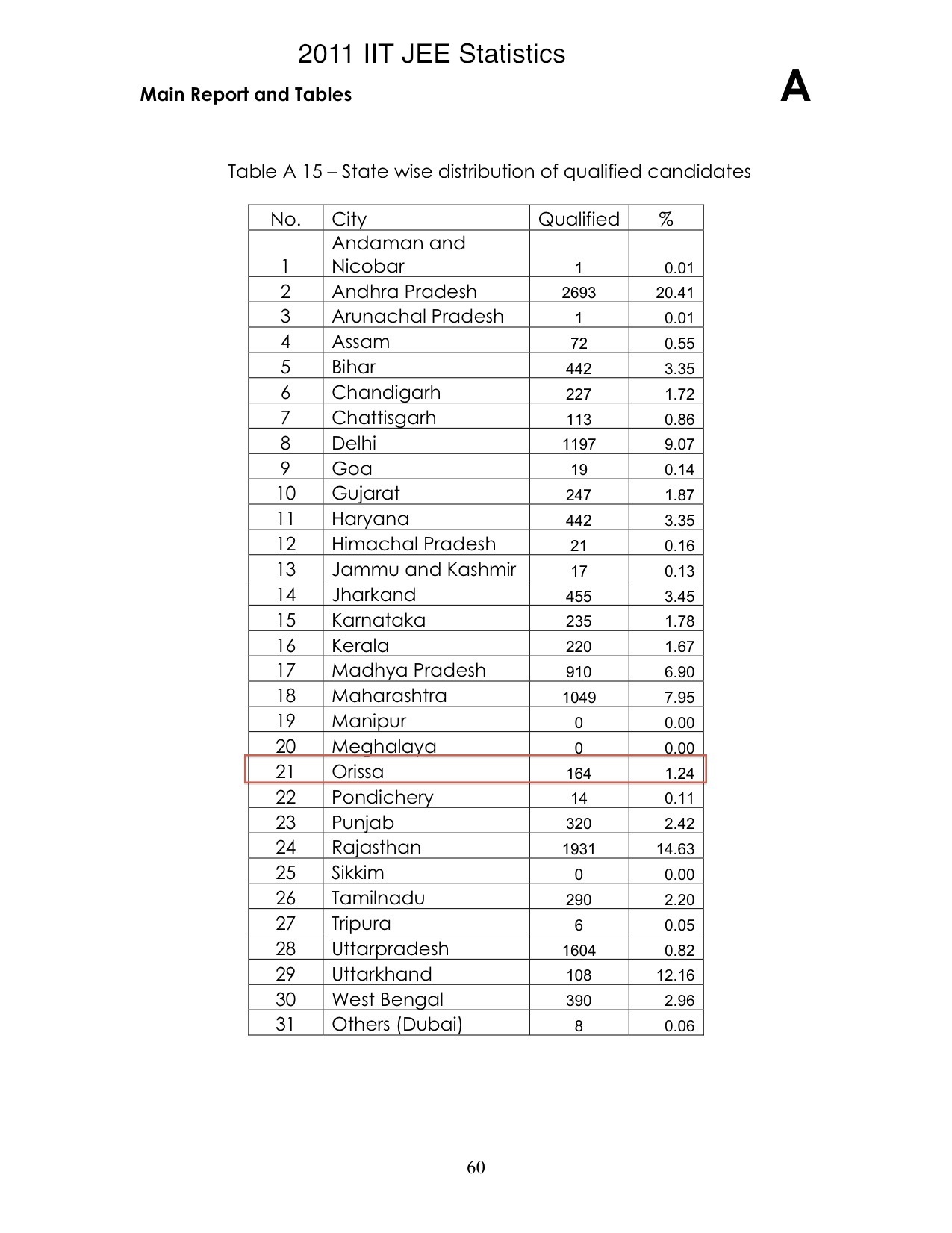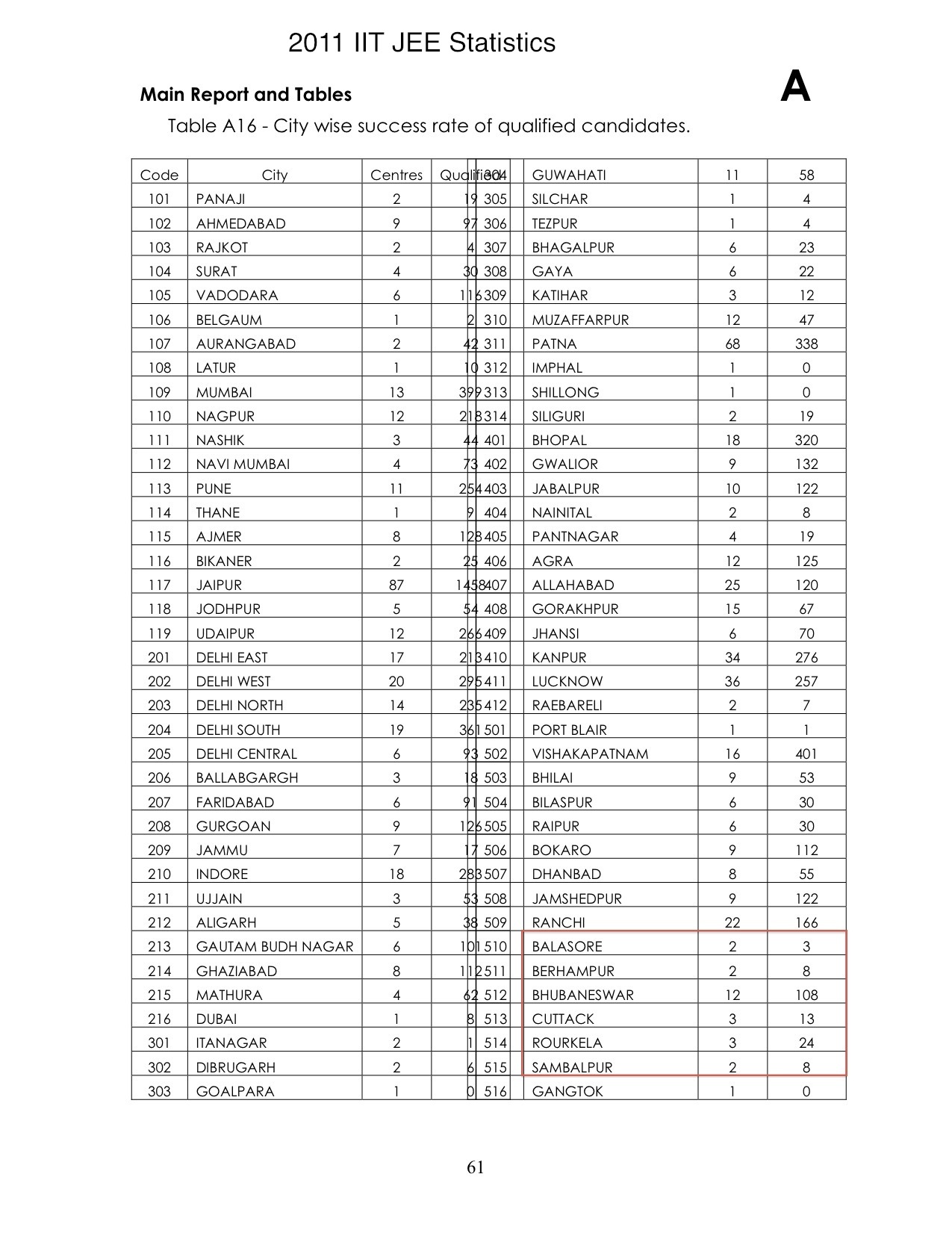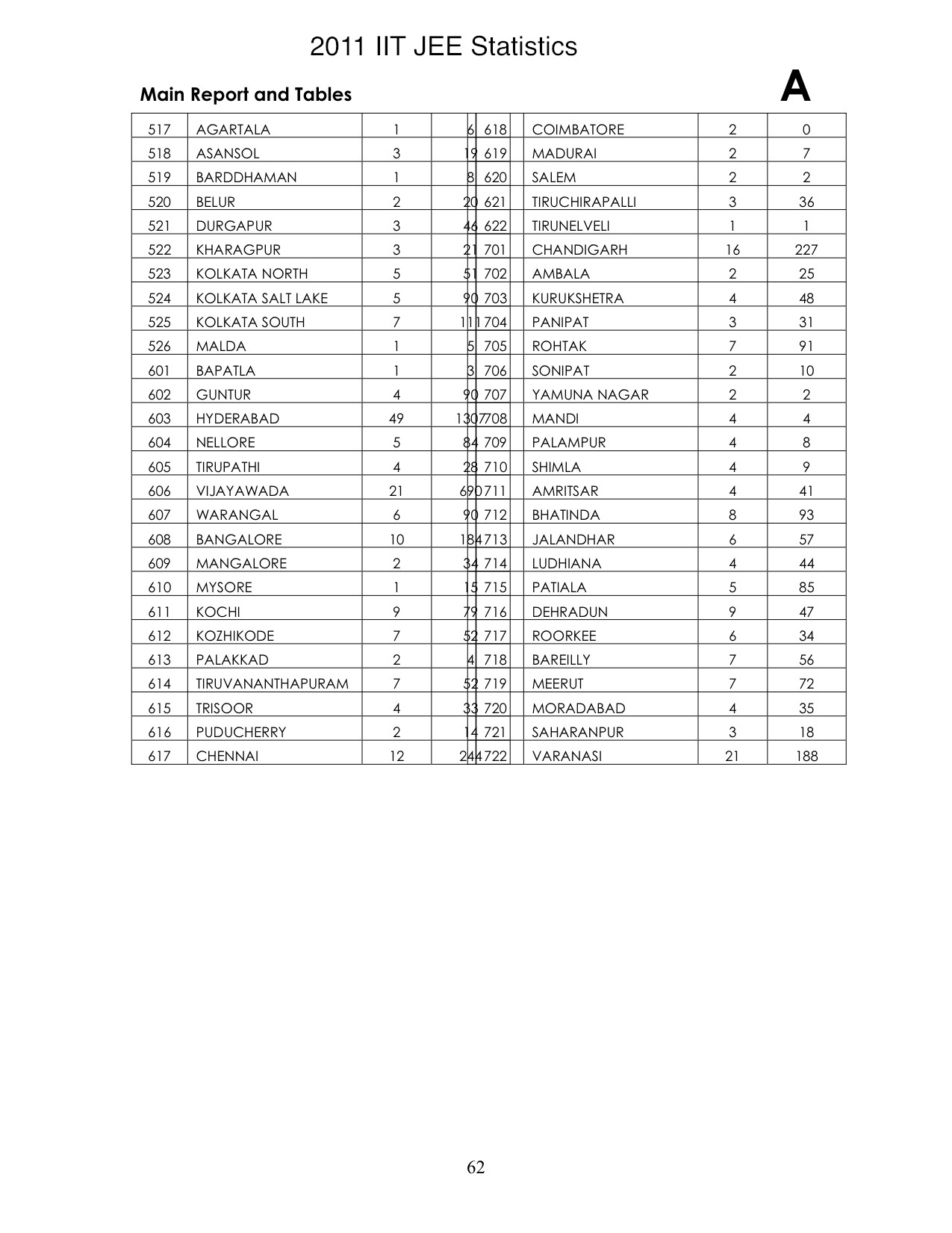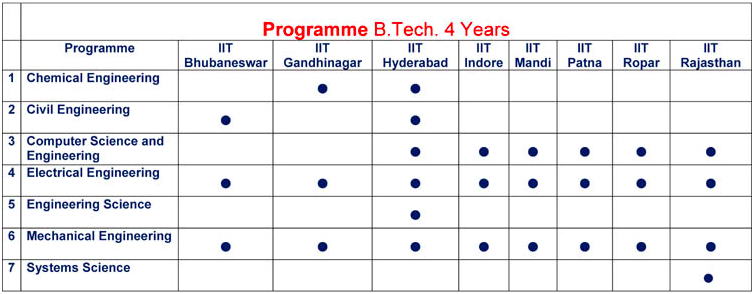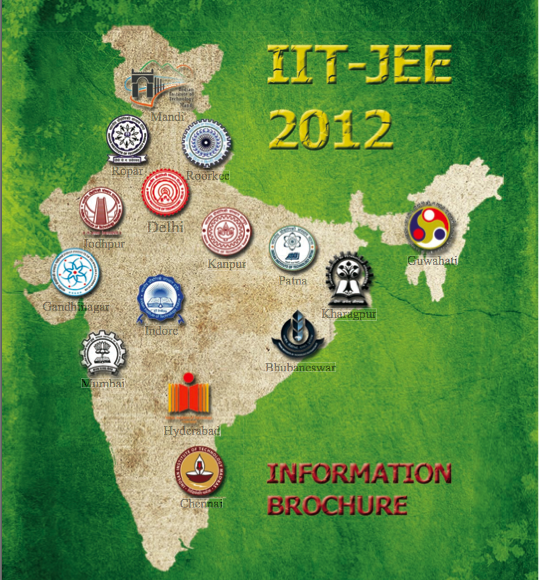Following are excerpts from the IIT Bhubaneswar convocation brochure.
Temporary Campuses
The Institute is currently operating from a number of campuses which include IIT Kharagpur Extension Centre at Samantapuri, Toshali Campus at Satyanagar and Workshop cum laboratory complex at Samantapuri. The Government of Odisha has provided us about one (1) acre of land on which we have constructed the Workshop cum Laboratory complex (3,010 sq. meters). The Government of Odisha has also made available two towers at Toshali Bhawan (10,000 sq. meters) which we have renovated. We are also getting generous support, in more ways than one, from Institute of Minerals, Metallurgical and Materials Technology (CSIR-IMMT) and Central Tool Room and Training Centre (CTTC). I sincerely thank all the members of these institutions for their continued support.
IIT Bhubaneswar is well equipped with modern class rooms and undergraduate/research laboratories. All the class rooms are fitted with multimedia projectors, internet facilities and wireless connectivity. The Institute has designed and developed three virtual class rooms (VCR) sponsored by National Knowledge Network (NKN). These virtual class-rooms are equipped with high end AV and teaching equipment and are connected to the NKN by means of a dedicated 1Gbps leased line. The VCR facilities provide real time interaction among the students and faculty members of our Institute and those from other institutions.
IITs are known for the de rigueur to have a residential campus in order to facilitate one-to-one human interaction. The Government of Odisha has provided us 14 flats at Government Colony, Gajapati Nagar. We have found cooperation from the housing society in SBI Colony Kesura (10 km from city centre) wherein we have hired 65 HIG/ MIG flats for the accommodation of our students, few of our staff and faculty members. Another hostel at Madanpur (15 km from the city centre) has been provided for M. Tech. students and Ph. D. scholars. In addition, IIT Kharagpur has constructed a new 200 capacity Dr. A. N. Khosla Hall of Residence at Samantapuri for the students of this Institute. I take this opportunity to thank IIT Kharagpur for constructing the hostel which is of great convenience to us. I would also like to put on record my deep appreciation to the students, the staff and faculty members who have to commute regularly between their residence and the various academic campuses. I am aware that this is strenuous. But I am hopeful that our students, faculty and staff members would bear it and be a part of the history in the making.
Permanent Campus
The Foundation Stone of the permanent campus at Arugul (near Jatni) was laid on 12th February 2009. The Government of Odisha allotted 936 acres of land at Arugul for developing this IIT of which the Institute has already taken possession of 598 acres. The Government of Odisha has started construction of a 4-lane access road to the campus from the National Highway No. 5. The work on water and electric supplies to the campus is also in progress. The Government of Odisha has also agreed to provide 75 acres of land on the Puri–Konark coast line to set up an Innovation Centre for Climate Change for the School of Earth, Ocean and Climate Sciences.
Out of 19 km, construction of 13 km of boundary wall has been completed. More than 10 bore wells have been sunk to facilitate construction work. The Institute has also taken up tree plantation programme for its new campus.
The master plan of the new campus at Arugul has been approved for 10,000 students, 1000 faculty and 1100 supporting staff and the total construction should be completed in 3-phases in next 12-15 years. The Ground Breaking Ceremony was organized on 14th August 2011. The work for land grading, road and other related construction have started. The Government of India has approved construction of 221,000 sq. meters of covered area in the 1st phase. Our consultant has completed the designing of 130,000 sq. meters of covered areas for various Schools, residential quarters, hostels and other service/administrative buildings for construction based on the availability of fund in the initial phase. Clearances for construction from various statutory bodies have been obtained. The tendering process for part of the construction is over and I am very happy to announce that CPWD has just started the construction of the hostel complex. Our consultant and CPWD are also ready for tendering for the remaining part of construction. The Institute plans to move to its permanent campus by the beginning of 2014.
Academics
Academic Schools We began our journey with a mission to promote a borderless academic environment with the concept of Schools, rather than Departments to enable and encourage the academic staff and students to work in an interdisciplinary environment. Initially the following five (5) schools were set up:
â— School of Basic Sciences (Bioscience, Chemistry, Mathematics, Physics)
â— School of Electrical Sciences (Computer Science and Engineering, Electrical Engineering, Electronics & Communication Engineering, Energy, Instrumentation, Learning Sciences)
â— School of Humanities, Social Sciences and Management (Economics, English, Management, Psychology)
â— School of Infrastructure (Architecture, Civil Engineering, Town Planning, Traffic & Transportation Engineering Urban Design)
â— School of Mechanical Sciences (Aerospace Engineering, Manufacturing & Industrial Engineering, Mechanical Engineering, Naval Architecture)
The state of Odisha and neighborhood including the vast coastline is rich in mineral resources and biodiversity. The region is also adversely affected by flood, cyclone and other natural calamities. In view of this, the Institute has set up the following two (2) Schools:
â— School of Earth, Ocean and Climate Sciences
â— School of Mineral, Metallurgical and Materials Engineering
The Institute is also setting up an Innovation Centre for Climate Change on the Puri-Konark coast line. The following Schools are proposed to be set up in the second phase of expansion:
â— School of Chemical and Biochemical Engineering (Biochemical, Biomedical and Chemical)
â— School of Design and Creative Arts
Academic Activities
The Institute started its journey in 2008 with a total of 94 students in three (3) undergraduate programmes viz. Civil, Electrical and Mechanical Engineering, with an intake of 40 students in each programme. The Institute has introduced Ph. D. programme from 2009. From July 2012 we have started postgraduate (Joint M. Tech. – Ph. D.) programmes in Electronics & Communication Engineering, Civil Engineering, Mechanical Engineering, Climate Science & Technology, Applied Geoscience and Materials Science & Engineering. The Institute is going to start Joint M. Sc. – Ph. D. program in Chemistry, Earth Science, Physics and Mathematics from the next academic session.
Currently the Institute has 571 students (B. Tech. 456; Preparatory 2; M. Tech. 41; Ph. D. 72), 70 full-time faculty members, 1 Chair Professor, 6 officers and 40 supporting staff.
It is heartening to note that the pioneer batch of undergraduate students who are receiving their degree today are all placed. Many of the students have received offer of admission/scholarships from prestigious universities abroad: Stanford University, University of Illinois at Urbana Champaign, Cornel University, Ohio State University, Pennsylvania State University, University of Texas, Imperial College of London to name a few.
Research & Development
Activities: In-house, Sponsored, Consultancy Our faculty members, research scholars and undergraduate students have been actively pursuing research in varying areas. The Institute has received a number of sponsored projects from various funding agencies like DST, CSIR, DBT and DRDO and consultancy from industries worth more than Rupees 480 lakhs. The faculty members are also engaged in various consultancy activities. Project proposals worth more than Rupees 700 lakhs have been submitted.
IIT Bhubaneswar has been successful in its bid for the following UK-India Education and Research Initiative (UKIERI) projects:
Joint Masters and Split-Site Ph. D. Programme: An Integrated Doctoral and Masters Programme with the University of Warwick – To develop an integrated suite of postgraduate joint degree programmes.
Thematic Partnerships Programme 1: UKIERI Thematic Partnership in Low Carbon Materials Technologies, Innovation and Application jointly with the University of Warwick – To enable the rapid and effective introduction of new steel and multi-material combinations, for new applications addressing the global imperative of carbon reduction.
Thematic Partnerships Programme 2: UKIERI Thematic Partnership jointly with the University of Southampton and National Oceanography Centre and University of Massachusetts at Dartmouth – To establish the School of Earth, Ocean and Climate Sciences at the Indian Institute of Technology Bhubaneswar and Marine Campus on the Bay of Bengal.
I would like to highlight in brief the ongoing R&D activities in various Schools:
The School of Basic Sciences is a cluster of disciplines namely Bioscience, Chemistry, Mathematics and Physics. The School is carrying out research in the areas of multimetallic catalysis, organometallic chemistry, supramolecular chemistry, coordination chemistry, synthesis of natural products and intermediates. The research work in biosciences is focused on understanding the structure and function of various proteins of eye lenses, leprosy, and tuberculosis. The research in high energy physics is focused on understanding fundamental particles and their interaction using theoretical tools such as string theory, and experimental setup in collaboration with CERN, Geneva. Specific areas include conformed field theory, pure spinor formalism of superstrings, super symmetry and black holes. A number of projects have been undertaken in the area of the plasmonics, photonics, ion-surface interactions, design and development of sensors, magnetic grids, energy storage devices and optoelectronic devices. Multidisciplinary work is underway in the area of nanomaterial-based device design, assembling and clustering. On-going research in mathematics includes complex dynamics and fractals, variational inequalities and complementary problems, queuing theory, mechanics, computational fluid dynamics, algebraic graph theory, neural network and artificial intelligence.
The major R & D activities of the School of Earth, Ocean and Climate Sciences includes monitoring, prediction and providing mitigation solutions for natural disasters with sound and precise observational network of meteorological, oceanographic, geological and geophysical instruments combined with data-assimilative modeling in a multi-institutional framework and use of Information and Communication Technology (ICT), thereby becoming a hub of such activities on the east coast of India with an international presence. The thrust areas are: Climate Modeling, Modeling of extreme events, Cloud Physics, Numerical Weather Prediction, Natural Resources-exploration and utilization, Climate Change and its Effects, Biological Oceanography, Application of the Space Technology for the Study of the Earth System Science, Soil Water Interactions, Waste Utilization, and Pollutant Pathways.
The research activities in the School of Electrical Sciences includes the following: Antenna Design, Smart Antenna Techniques for MIMO Systems, Radio Frequency Identification System Design & Application, Non-Destructive Testing Methods, Digital Signal Processing, Speech & Real Time Interactive-Audio Processing, Active Noise Control, Cognitive Radio, Sensor Networks, Intelligent Instrumentation, OptoElectronic Devices, Long-haul Optical Communication System Design, Optical Sensor, Communication & Wireless Communication System Modeling & Design, Semiconductor Material & Device Characterization, Wide Band Gap Semiconductor Devices, MMICS, Decoupling & Robust Control, Periodic Feedback Control, Power Quality Analysis, Custom Power Devices, Renewable Energy Sources, Application of SoftComputing Techniques to Power Systems, Intelligent Protection to Transmission Systems-Facts, Micro & Smart Grids, Distributed Generation & Dynamic Security Assessment in Large Power Network, Structural Health, Integrity Analysis & Monitoring (SHIM).
The School of Humanities, Social Science & Management is pursuing research in the areas of Environmental Economics, Natural Resources Economics, Macroeconomics, Development, Economics & Rural Development, Indian Writing in English, Post-Colonial Literature, Travel Writing, Business Communication, American Literature, Canadian Literature, ELT, Cross Cultural Communication, Autobiography, Consumer Behaviour, Cyber Psychology, Clinical Psychology, Cognitive Psychology, Cognitive Neuroscience, Psycholinguistics, Psychology of Personality, Marketing.
The present research in the School of Infrastructure are in the thrust areas of Concrete Technology, Earthquake Engineering, Traffic Flow Modeling, Travel Demand Modeling, Travel Behaviour Analysis, Transportation System Planning & Policy Address, Energy Geotechnology, Soil-Structure Interaction, Fluvial Hydraulics, Waste Water Engineering, Water Resources Engineering, Study of Unsaturated Soils Behavior.
The School of Mineral, Metallurgical and Materials Engineering is actively pursuing research in the areas of Solidification Processing, Metal Matrix Composites, Ti-Based Alloy, Automotive Applications, In-situ Metal Matrix Composites, Semi-solid Processing, StructureProperty-Processing Correlations in Metals, High Cycle Fatigue and Fracture in Metals, Friction Stir Welding/Processing, Modeling & Simulation, Structural & Magnetic Frustration of Materials, Synchrotron and Neutron diffraction, 3-D Atom probe (LEAP), Metallic Glasses, Process Modeling & Study of Diffusion in Solids.
The School of Mechanical Sciences conducts R&D activities in the following areas: Computer-Aided Design & Manufacturing, Robotics & Controls, IC Engines, Multi-Phase Flow, Computational Fluid Dynamics, Conjugate Heat Transfer, High Reynolds Number Turbulence, Optical Flow Diagnostics, Turbulence Modeling & Simulation and Acoustics, Composite Materials, Sandwich Structures, Fracture Mechanics, Material Science, Green Supply Chain Management.
Publications
Within 3 years of existence in the city of Bhubaneswar, the faculty members and students have contributed to creating new knowledge by publishing 230 original research papers in National and International Journals of repute, and 20 books/book-chapters. Besides, 128 papers have been presented in various National and International Conferences in India and abroad. Our undergraduate students have also made technical presentations in conferences, nationally and internationally.
Endowment
Industries have come forward to join us in developing this new IIT. The MGM Minerals Group has established a perpetual “MGM Chair Professorship” in the School of Minerals, Metallurgical and Materials Engineering with an endowment of Rs 300 lakhs. In addition the MGM Minerals Group has instituted two awards for best B. Tech. theses (Electrical and Mechanical Engineering) in memory of Tejaswi and Dinesh, two budding students of our Institute, whom we lost in a tragic train accident in March 2011.
October 10th, 2012
The newsletter is at http://www.iitbbs.ac.in/pdf/Newsletter_Rhythm_4-9-2011.pdf.Following are some excerpts from it.
Ground Breaking Ceremony
The foundation stone of the permanent campus of the Institute was laid on 12th February, 2009. On the eve of the 65th Independence Day, on 14th August 2011, Sri Naveen Patnaik, Hon’ble Chief Minister, Odisha formally launched the construction of the Phase-1 of the permanent campus of the Institute near Aragul (Jatni) in the presence of Director Professor M. Chakraborty, Deputy Director, Deans, Registrar, Faculty Members, Officers, members of the Staff and students of the Institute and other dignitaries including Hon’ble Member of Parliament Dr P. K. Patsani, and Hon’ble MLAs of Jatni and Khurda. This was preceded by a Bhumi Pujan Ceremony at the site by the Registrar. The Government of Odisha has allotted 936 acres of land for the purpose and 16 acres of private land is being acquired by the Government for making the land contiguous. The Master Plan of the Campus has been designed for 10,000 students, 1000 teachers, and 1100 non-teaching employees besides 1000 plus outsourced support staff including security personnel. The Institute has also a plan for a Research Park. However, the initial construction in the first phase (Phase-1) would cater to 2500 students, 250 faculty members and about 300 other employees. The total investment for the phase-1 has been estimated to be about 800 crores. The construction would cover 2, 21,000 m2 (63000 m2 for academic complex and 1, 58,000 m2 for residential complex) which would include Main Administrative Building, Lecture Hall and Class Room Complexes, Laboratory Complex, Four Academic Schools, Central Workshop and Students’ Activity Centre in the Academic Complex whereas the Residential Complex shall consist of 800 capacity single seater boys’ hostel, 200 capacity girls’ hostel, 80 numbers of Grade A quarters for faculty members and officers and 40 numbers of Grade C quarters for supporting staff, Shopping and Community Centre, Guest House, service centre etc. The Main Building shall be a structure of 6 storeys and that of the other Academic Schools shall be of 4-storey construction. The hostels as well as the residential quarters shall be of G + 7 storey constructions. The Institute plans to start operating from its permanent campus by 2013-14.
Prof. P C Pandey Joins IITBBS
A doctorate in Physics (Microwaves) from Allahabad University, he is credited with the initiation of the satellite borne microwave remote sensing of Ocean Atmosphere and Cryosphere research in India. Professor Pandey was the Founder Director of National Centre for Antarctic and Ocean Research, Goa from 1997 to 2005. He has spent a major part of his career at Space Application Centre (ISRO), Ahmedabad, and has worked for about five years at the NASA’s world famous Jet Propulsion Laboratory, USA. Professor Pandey has carried out extensive research in the areas of satellite oceanography, atmospheric science, climate change and polar science. He has published more than 100 papers in reputed national and international peer reviewed journals and also written and edited many books. He has guided eleven Ph.D. students. Professor Pandey is a Fellow of the Indian Academy of Sciences (Bangalore) The National Academy of Sciences (Allahabad), Indian Society of Remote Sensing, Indian Geophysical Union, Geological Society of India and a host other societies. Besides, Professor Pandey has been Member/Chairman of various Committees of Govt. of India from ISRO, DSTM CSIR and has led or participated as member of delegation to various international Forums, notably the International Polar Year (2007- 09). He was also a member of the delegation led by Hon’ble Kapil Sibal to Antarctic, the first ever ministerial delegation to visit Antarctica. Professor Pandey has represented India in various International symposia related to Polar Science and Logistics such as Scientific Committee on Antarctic Research (SCAR), Antarctic Treaty Consultative Meeting (ATCM) etc. Professor Pandey is the recipient of the prestigious Shanti Swarup Bhatnagar Award (1989), Professor Vikram Sarabhai Award and Gold Medal, Om Prakash Bhasin Award and Vigyan Ratna Samman Award of U.P. Council of Science and Technology as well as the NASA award.
New Faculty Members joined
Dr. Arun Ghosh joined the School of Electrical Sciences in the month of April 2011. His research areas include Robust Control, Periodic feedback Control.
Dr. Subhransu Ranjan Samantaray joined the School of Electrical Sciences in the month of April, 2011. His research areas include Intelligent protection to transmission systems including FACTs, Microgrids with Distributed Generation and Dynamic security assessment in large power network.
Dr. Neti V. L. N. Murty joined the School of Electrical Sciences in the month of May 2011. His research areas include Semiconductor material & Device characterization, Wide Bandgap Semiconductor Devices, MMICs.
November 19th, 2011
Update: As per this news report the 6 new AIIMS-like institutes are scheduled to start the medical colleges from academic year 2012-13 and hospitals in the year 2013-14.
Following is from a report in Times of India.
With the beginning of construction work of IIT Bhubaneswar (IITBBS) campus on Sunday, work for permanent infrastructure of all three premier central institutes in city fell on track. While work for the campus of National Institute of Science Education and Research (NISER) here started on July 21, infrastructure for AIIMS is at an advanced stage of completion. All three institutes hope their permanent campuses to be functional by 2013.
Chief minister Naveen Patnaik inaugurated the IIT campus construction at Aragul village near Jatni on a 950 acre plot of land. IITBBS director, professor M Chakraborty, said the master plan of the campus has been designed to accommodate 10,000 students, 1,000 faculty members and 1,100 non-teaching employees, besides 1,000 out-sourced support staff. The institute also has plans to construct a research park, he said.
The first phase of work, undertaken by CPWD at an estimated Rs 800 crore, would be limited to hosting a capacity of 2,500 students, 250 faculty members and 300 other employees. Chakraborty hopes the institute will shift to its permanent campus by 2013 end or beginning of 2014.
At the already provided budget of Rs 388 crore, IITBBS would construct a main administrative building, lecture hall and classrooms, a laboratory complex, four academic schools (basic science, electrical, infrastructure and mechanical engineering), central workshop and students’ activity centre. The main building is slated to be a six-storey structure and the other schools of four storey each. The hostels as well as the residential quarters are to be seven-storey buildings, Chakraborty said.
Apart from its city campus, the IIT would also set up an innovation centre for climate change on the Puri-Konark coastline, under the School of Earth Ocean and Climate Sciences, the director said.
Construction of the permanent campus of NISER started on a 300-acre site about a month ago, also near Jatni, on July 21. The Rs 457 crore project would include a prayer hall on the hill top, five schools of different specialties, 11 hostels of 200 capacity each, healthcare centre and guest house, said NISER registrar Abhay Naik.
Work for the AIIMS, which started on 100 acres land at Sijua village in May 2010, is at a stage of about 80% completion, sources said. The proposed 978-bed hospital, under the Pradhan Mantri Swasthya Suraksha Yojana, is supposed to have 15 super speciality and 18 speciality wards.
August 16th, 2011
Today, the 22nd July, is a very auspicious day for us. It is on this day in 2008, the society of IIT Bhubaneswar was registered. Further, the date assumes more significance as we began our academic programme from the city of Bhubaneswar for the first time on 22nd July 2009. I wish to avail this opportunity to congratulate our students, staff, officers and faculty, who all are working as a dedicated team to develop this new IIT, for successfully completing 2 years of existence in the city of Bhubaneswar.
…
Infrastructure:
Temporary Campuses
We started our journey in 2008 from the campus of IIT Kharagpur. As mentioned earlier, we commenced our operation from the city of Bhubaneswar from 22nd July 2009. Currently, we are operating from a number of campuses which include IIT Kharagpur Extension Centre, Toshali Plaza at Satyanagar and Workshop cum laboratory complex near IIT Kharagpur extension Centre. Government of Odisha provided us about one (1) acre of land on which we have already constructed a new workshop cum laboratory complex (22000 sq. meters). The Government of Odisha also provided us two towers of Toshali Bhavan which we have already renovated. In addition IIT Kharagpur has constructed a new 200 capacity Dr. A. N. Khosla Hall of Residence near the Workshop cum Laboratory Complex for the students of this Institute. I must avail this opportunity to thank IIT Kharagpur for constructing the hostel which is of great convenience to us. We are also getting support of some of the sister Institutes like IMMT (CSIR) and Central Tool Room and Training Centre.
The class rooms and the laboratories are in place in our campuses at IIT Kharagpur Extension Centre, Toshali Plaza and the New Workshop cum Laboratory Complex.
IIT Bhubaneswar is well equipped with modern Teaching rooms and Teaching and Research Laboratories. All the class rooms are fitted with Multimedia Projectors, Internet Facilities and Wireless Connectivity. Besides the Normal teaching rooms, The Institute designed and developed three Virtual Class Rooms (VCR) sponsored by National Knowledge Networks (NKN). These rooms facilitate Real time on campus and Off-campus teaching learning process. These rooms are equipped with high end and high resolution equipment to facilitate the real time interaction among the students and teachers of the campus and as well as off campus students and faculty members. These class rooms are connected to the NKN Network by means of a dedicated 1GBPS Leased Lines.
The Government of Odisha has provided us 14 flats at Government Colony, Gajapati Nagar. We are fortunate to have found cooperation from the Housing Complex in SBI Colony Kesura wherein we have hired about 60 HIG 3 bed-roomed flats and few MIG flats for accommodation of our students and faculty. While the 3rd and 4th year male students have been being accommodated in the A. N. Khosla Hall of Residence, we have to accommodate others (all the girl students, research scholars and 1st and 2nd year students) in SBI Colony Kesura, 10 KM away from our academic campus. I may avail this opportunity to put on records my deep appreciation of the students, the staff and faculty who have to commute regularly between their residence and the various academic campuses. I am aware that this is strenuous. But I am sure our students, faculty and staff will accommodate the strains and be a part of the history in the making.
Permanent campus
The Foundation Stone of our campus at Arugul was laid on 12th February 2009. The Government of Odisha has allotted 936 acres of land at Arugul (near Jatni) for developing this new IIT of which we already have taken advanced possession of 598 acres. The Government of Odisha has started construction of 4 lane access road to IIT Campus from the National Highway 5. The work on water supply and electric supply to the campus is also in progress. The power supply systems for construction are virtually ready. The Honourable Chief Minister himself as well as the Chief Secretary of the Sate are taking active interests in the developmental work and are addressing issues that need their constant attention. It may not be out of place to mention that the Government of Odisha has also agreed to provide us 75 acres of land on Puri–Konark coast to set up an Innovation Centre for Climate Change.
Out of total 19 KM, we already have completed construction of 8 Km of boundary wall. About 10 bore wells have been sunk to facilitate construction work. IIT Bhubaneswar has also taken up tree plantation programme for its new campus.
The master plan of the new campus at Arugul for 10, 000 students, 1000 faculty and 1100 supporting staff has been approved and the total construction should be completed in 3 phases in next 12-15 years. The work for land grading, road and other related construction are expected to begin in August 2011. While the Government of India has approved construction of 2, 21,000 sq meter of covered area in the 1st phase, our consultant has already completed conceptual design of 1, 20, 000 sq meters of covered areas for various schools, residential quarters, hostels and other service/administrative buildings based on the availability of fund in the initial phase. Applications for clearance form statutory bodies (e.g. forest, BDA, environment) are under process and such clearance are expected shortly. We expect the tendering process to be over and hope that CPWD would be able to start the construction work by the end of this year or early next year. We are planning to move to our new campus by end 2013 or beginning 2014.
Academics
Academic Schools
IIT Bhubaneswar promotes a borderless academic environment: We have the concept of Schools, rather than Departments. We encourage academic staff and students to work together in an interdisciplinary environment. Initially we had set up the following five (5) schools:
• School of Basic Sciences (Physics, Chemistry, Bioscience, Mathematics)
• School of Humanities, Social Sciences and Management
• School of Mechanical Sciences (Mechanical, Manufacturing & Industrial Engineering, Aerospace Engineering, Naval Architecture)
• School of Infrastructure (Civil Engineering, Architecture, Urban Design, Town Planning, Traffic & Transportation Engineering)
• School of Electrical Sciences (Electrical Engineering, Electronics Communication Engineering, Computer Science and Engineering, Energy, Learning Sciences, Instrumentation)
The Institute has just set up the following two (2) new Schools:
• School of Mineral, Metallurgical and Materials Engineering – Materials, Metallurgy, Mining (Relevant to the Rich Resources of metals and minerals in the region)
• School of Earth Ocean and Climate Sciences (Relevant to the region keeping in view the vast Coast Line, Rich Biodiversity and mineral resources, need for Disaster Management and Mitigation arising out of Flood, Cyclone etc.) As a part of this School, the Institute will set up an Innovation Centre for Climate Change on the Puri-Konark coast line.
The following schools are proposed to be set up in the second phase of our expansion:
•School of Chemical and Biochemical Engineering Chemical, biochemical, biomedical, biotechnology
• School of Design and Creative Arts
Academic Activities
We started our journey with a total of 94 students in three (3) undergraduate programmes namely civil, electrical and mechanical engineering with an intake capacity of 40 each in 2008. We already have introduced Ph. D. programmes from 2009 and have about 35 Research Scholars. We are planning to start our postgraduate (MS/M. Tech.) programmes from July 2012. Currently, we have about 500 students (UG and Ph. D.), 50 full time faculty members 7 officers and 40 supporting staff.
Awards and Honours
We are proud that our Chairman Board of Governors, Professor P. Rama Rao, has received the second highest civilian award “Padma Vibhushan” of the Government of India this year.
Prof. S. C. Datta of the School of Infrastructure was awarded Fulbright-Nehru Sr. Research Fellowship and he visited the University of California at Davies, USA. He has been awarded the prestigious Occasional Lecturer Fund by Council for International Exchange of Scholars, US Department of State, for delivering two invited lectures at University of Massachusetts, Dartmouth, during his Fulbright Grant period in USA. Dr. Sumanta Haldar of the same School received the Prof. Leonard’s best Ph.D. thesis award from Indian Geotechnical Society. Dr. C.S. Bhende of the School of Electrical Science received the best Ph.D. thesis award from Indian National Academy of Engineering.
Mr. Pyari Mohan Pradhan, Mrt. Satyasai Jagannath Nanda and Mr. Vikas Baghel, Research Scholars of the School Electrical Sciences were awarded the Department of Foreign Affairs and International Trade, Government of Canada, “Commonwealth Graduate Student Exchange Programme” fellowship. Dr. Subhransu R. Samantaray of the same School won the Samanta Chandra Sekhar Award for 2010 from Orissa Bigyan Academy for his contribution to Engineering and Technology by Oriya Scientist working in Odisha. Dr D. Sahoo of Humanities, Social Sciences and Management received the Best Paper Award at the International Workshop on Regional Competitiveness and International factors Mobility at Oriens France. Professor M. Chakraborty received the Best Technical Paper Award 2010 from the Indian Foundry Journal of the Institute of Indian Foundrymen.
Mr. Raghav. R, 3rd Year Student of Mechanical Engineering won the All India essay competition for college students conducted by the NGO: Nandini Voice for the Deprived
Publications
Within 2 years of our existence in the city of Bhubaneswar, the faculty members have already contributed to creating new knowledge by publishing about 115 papers in National and International Journals of repute. Besides, 85 papers have been presented in various National and International Conferences in India and Abroad that have made our presence felt all over the world. Our doctoral and undergraduate students have also published a few papers in journals and made presentations in conferences. Our faculty members have also published 17 books/ chapters of books in Humanities, Science and Technology.
Sponsored Projects and Consultancy and Endowment
The Institute already has received a number of sponsored projects from various funding agencies like DST, CSIR and DRDO and consultancy from industries worth more than 320 lakhs.
Industries are coming forward to join us in developing this new IIT. M/s MGM Minerals Group has already established a perpetual “MGM Chair Professor” for the School of Minerals, Metallurgical and Materials Engineering with an endowment of Rs 300 lakhs.
International Collaborations
IIT Bhubaneswar has started collaborative activities with a few Universities abroad. We already have signed MOU for faculty exchange programmes with the University fo Massachusetts at Dartmouth USA, and the University of Western Ontario Canada. Professor Lord S. Kumar Bhattacharyya of the Warwick Manufacturing Group, of the University of Warwick has been appointed as Distinguished Visiting Professor of IIT Bhubaneswar while Professor Richard Dashwood of the same university spent two weeks at IIT Bhubaneswar as visiting Professor in March 2011. Professor Asit K Biswas, President of the Third World Centre for Water Management, Winner of Stockholm Water Prize (2006) has also been appointed as Distinguished Visiting Professor of this Institute.
Workshop/Conferences
The Institute organized a one day workshop “An Academy – Industry Interface” with participation from the Warwick Manufacturing Group, the University of Warwick, UK, IIT Bhubaneswar, Tata Steel, Infosys, IBM, WIPRO, L&T and others on 17th September 2010. Another workshop “Multivariate Statistical Analysis” was organized by the School of Humanities, Social Science and Management on 24th March 2011. The Training and Placement Section had organized a Panel Discussion “Managing Generation Y in workplace – A Challenge to the Indian Industry” on 12th March 2011. The Institute has started organizing “Research Scholars Day” on the National Science Day on 28th February every year.
Summer Internships
Our students have received support from various Universities and Industries in India and Abroad for summer internships. Some of these Universities and Industries abroad are the University of North Texas, Oklahoma State University, University of Massachusetts at Dartmouth, Northern Arizona University in USA, University of Warwick UK, McGill University Canada, University of Cologne Germany, University of Padua Italy, Flanders Mechatronics Centre Belgium, ExTechNa GmbH Switzerland, University of Zacadecas Mexico, Tianjin University China, Ming Chi University Taiwan and University of Technology Malaysia.
… Student Activities
Our Students under the Students Gymkhana are quite active and are organizing various activities. They already have formed several societies like Robotics Society, Entrepreneurship Cell, Dramatic Society, Music Society to name a few. They have been organizing cultural (Alma Fiesta) and Techno-Management (Wiessenaire) festivals successfully with support from many sponsors/industries drawing participations from various colleges/institutions of the country.
July 28th, 2011
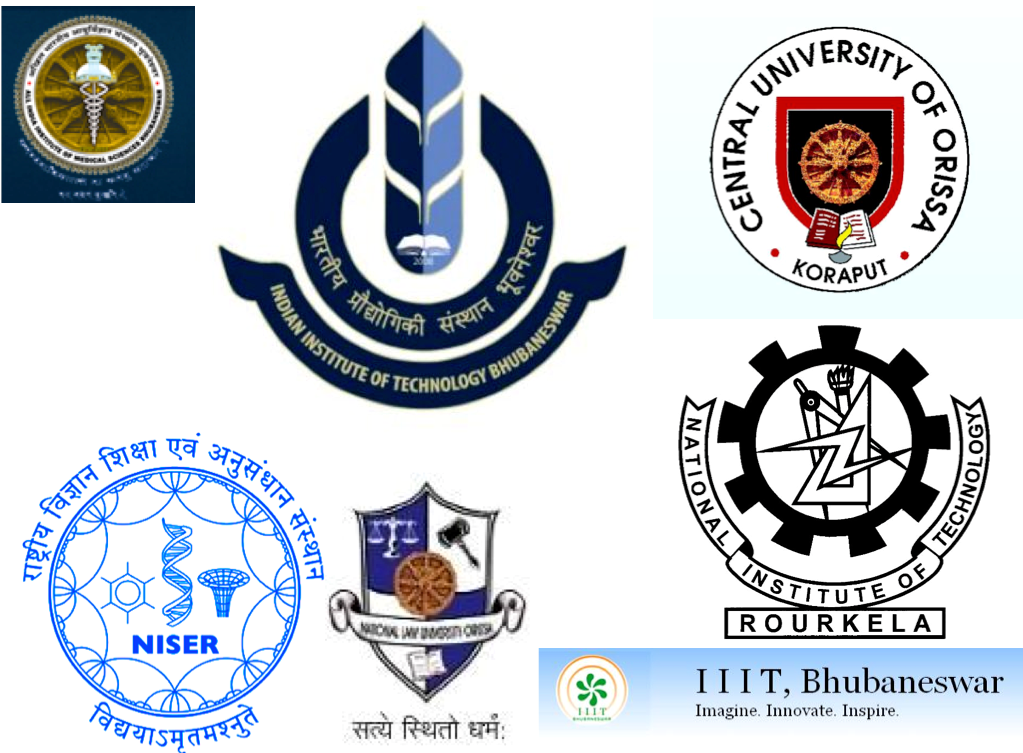
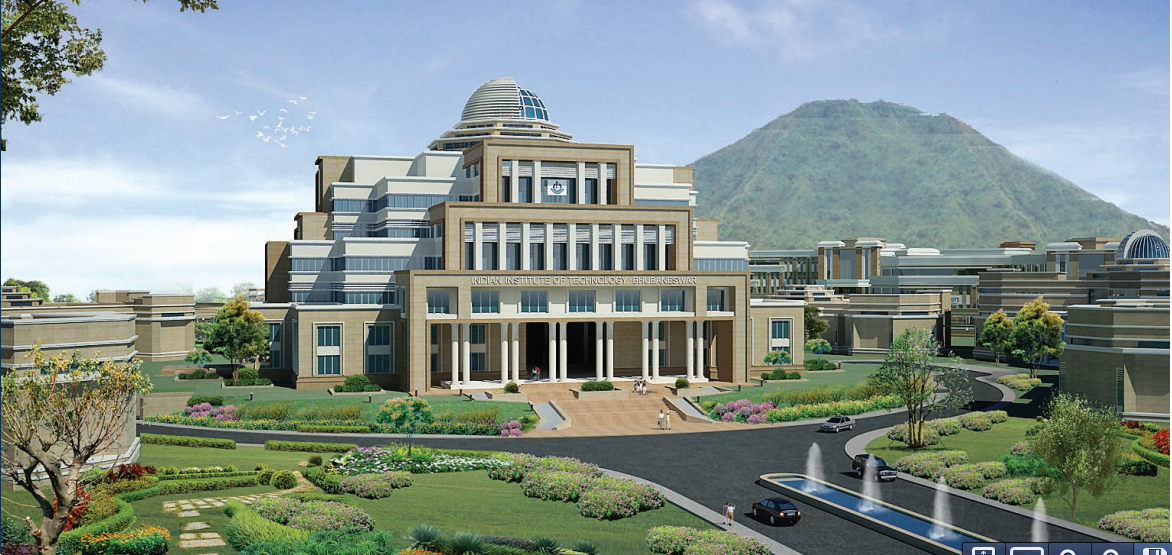
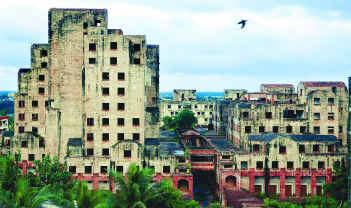 Now it looks as follows. (Obtained
Now it looks as follows. (Obtained 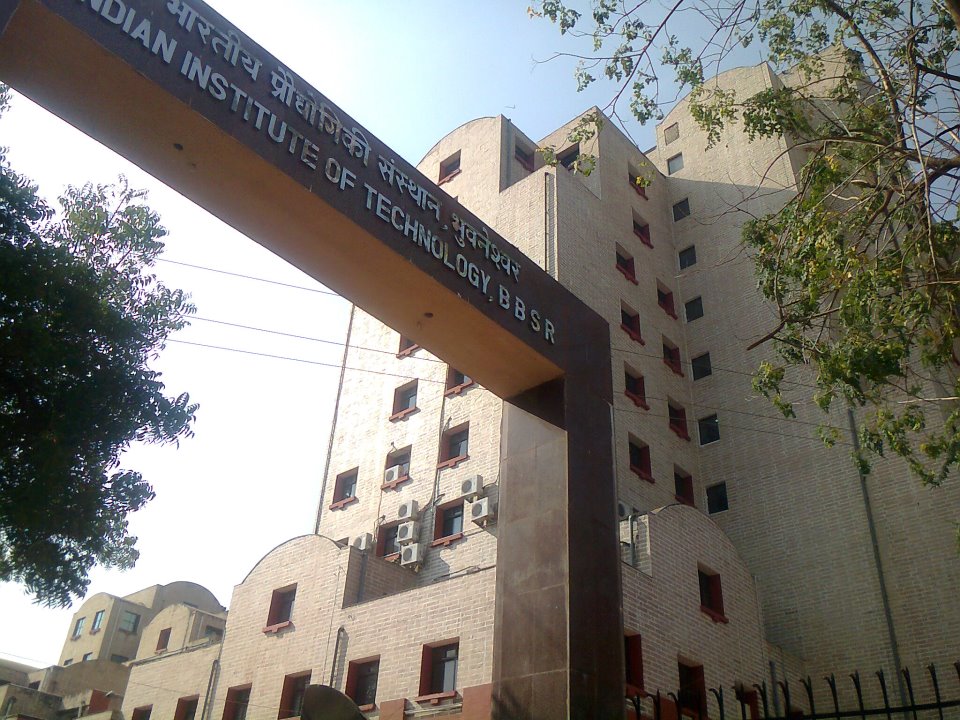
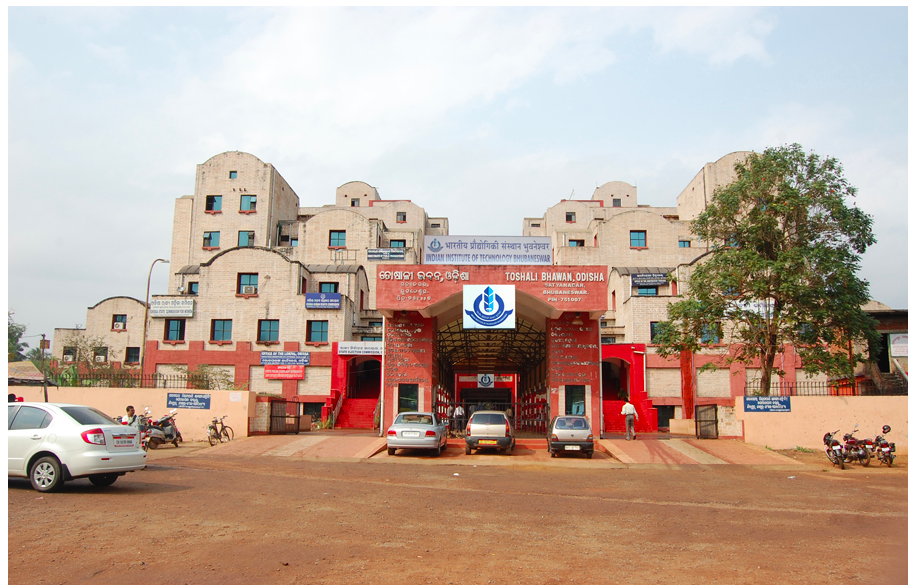 While its main campus gets built IIT Bhubaneswar has built some new facilities in its Samantapuri campus. Following is how one of the new facilities (a hostel) look. (
While its main campus gets built IIT Bhubaneswar has built some new facilities in its Samantapuri campus. Following is how one of the new facilities (a hostel) look. (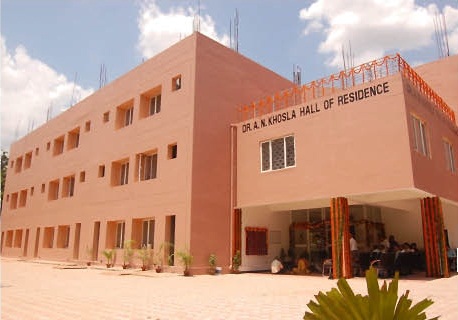
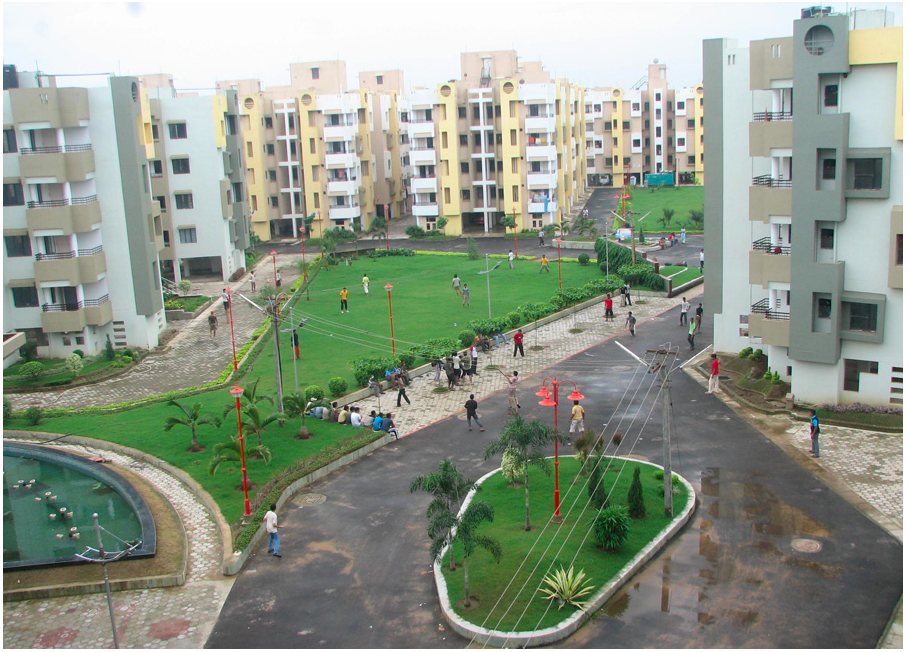
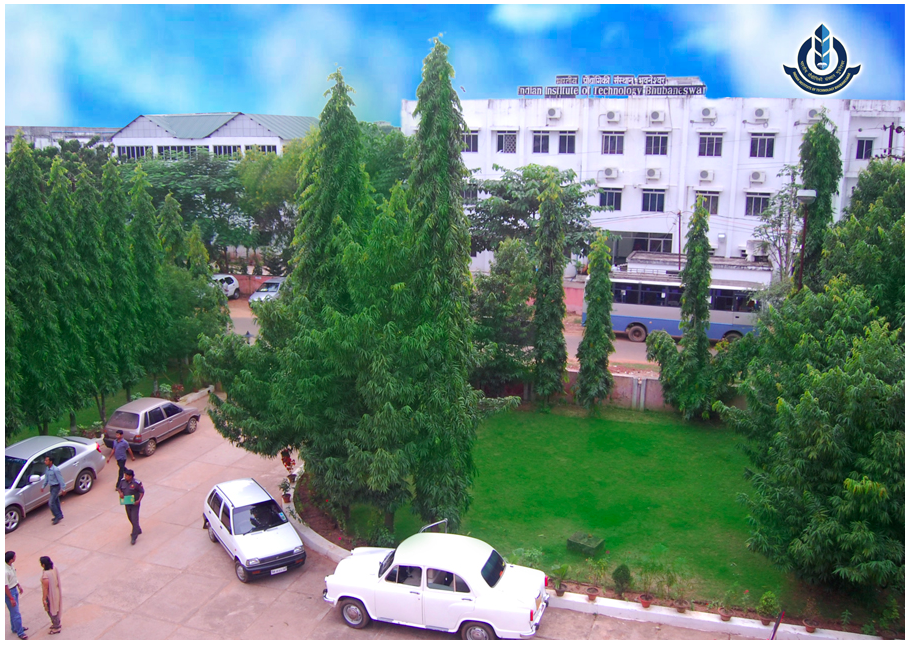 Workshop Building
Workshop Building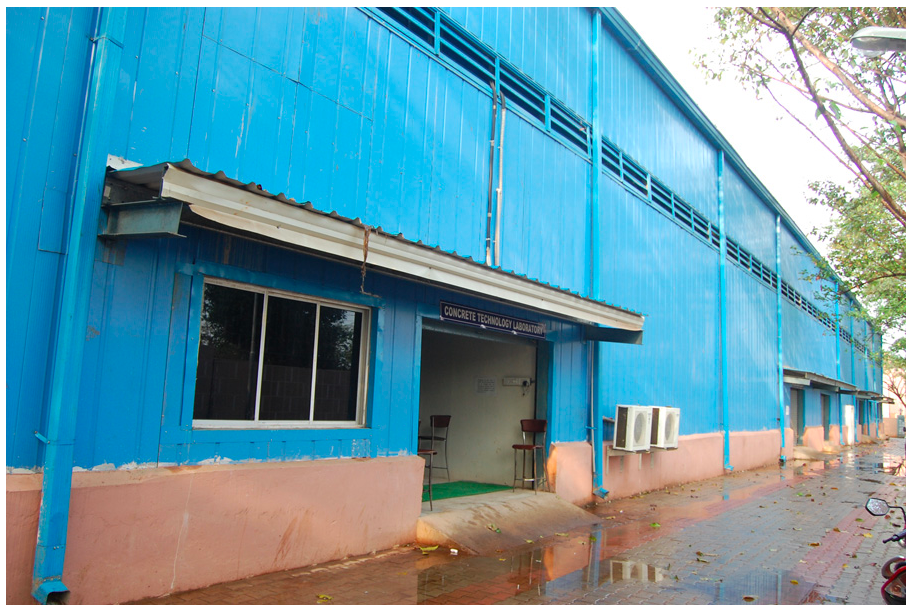
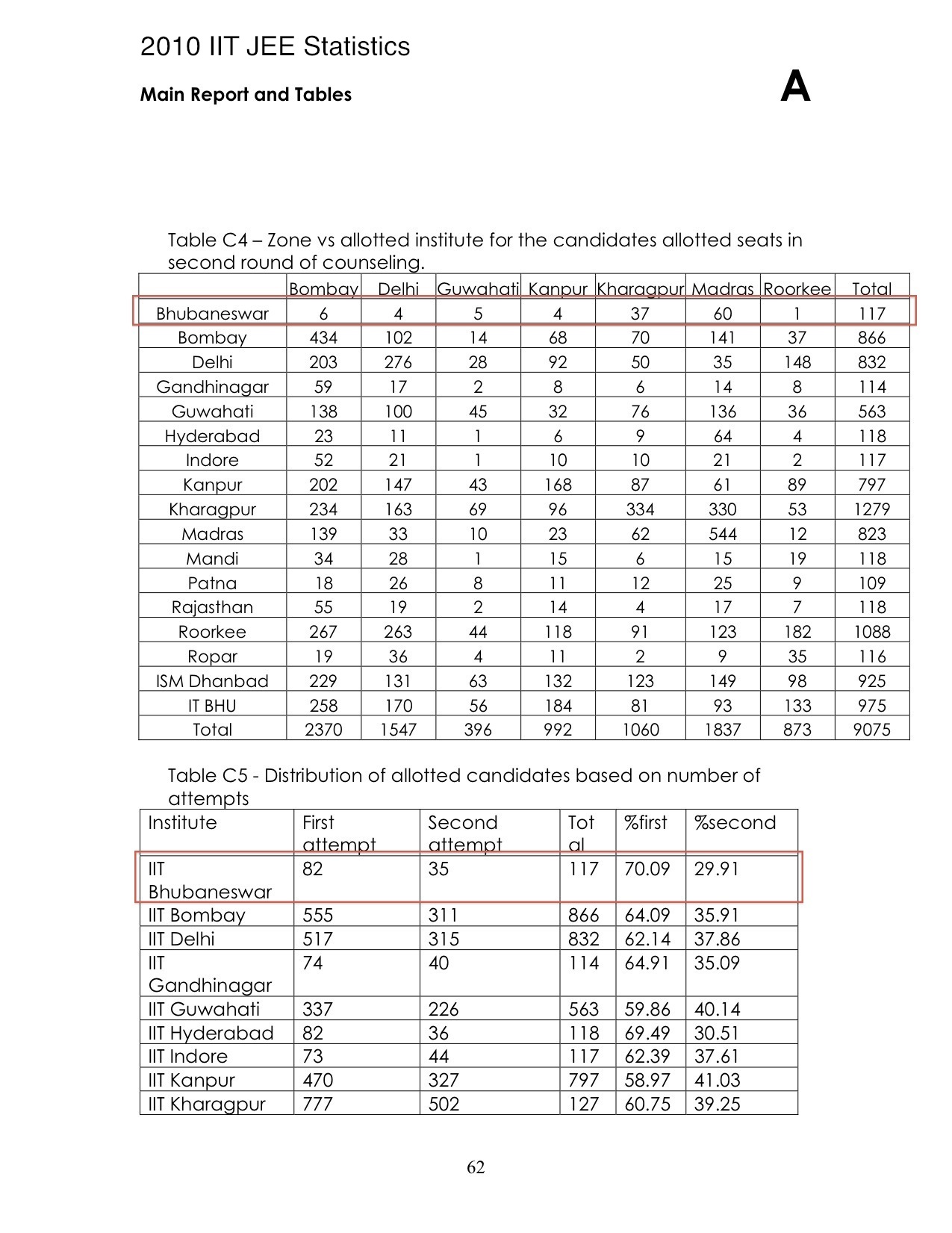
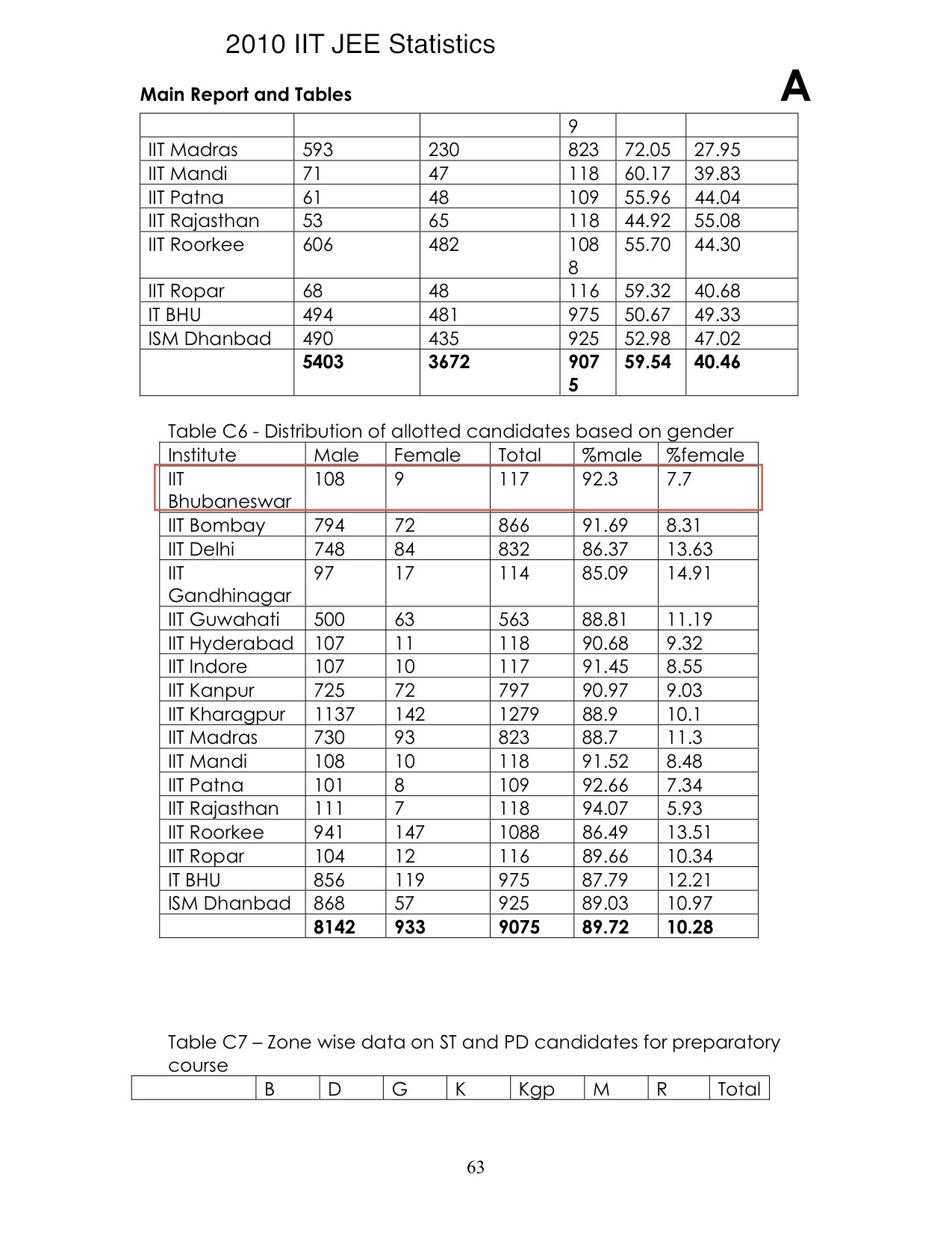
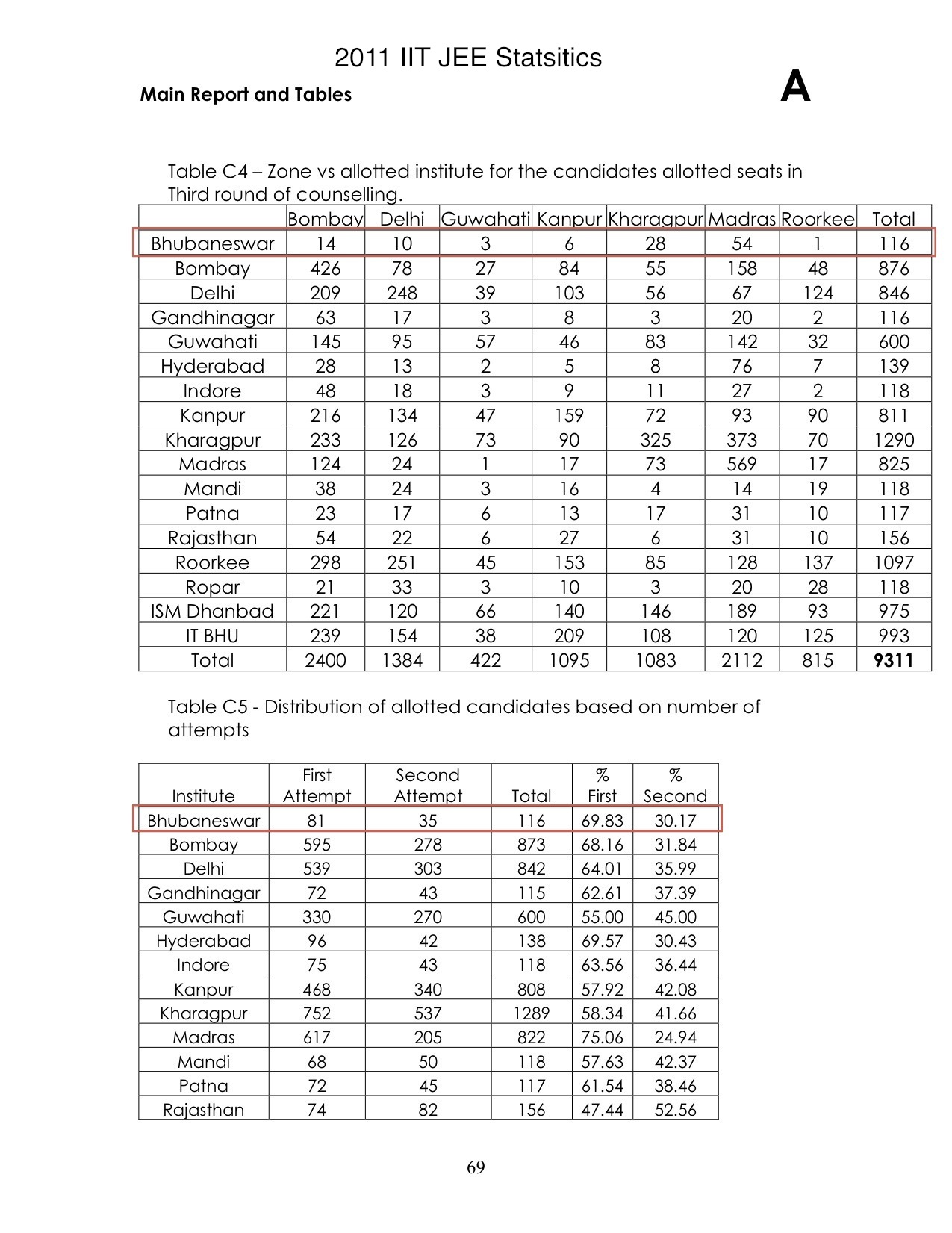
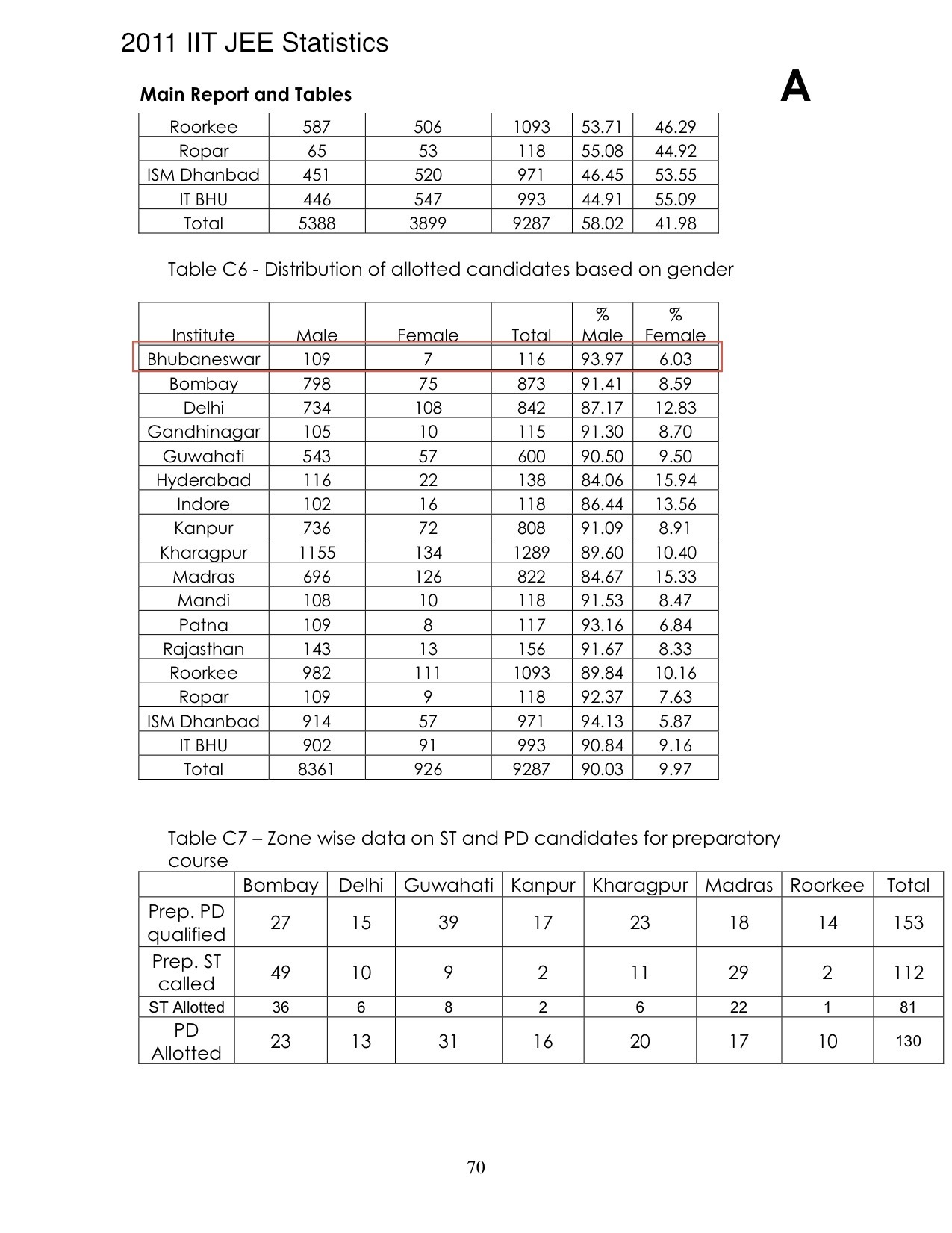
.jpg)
